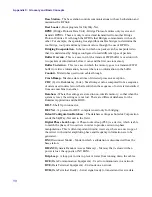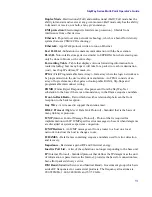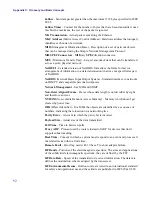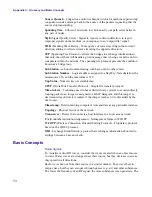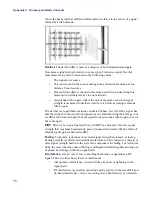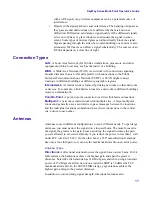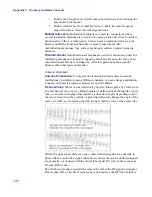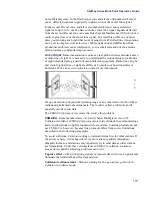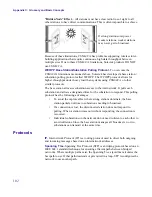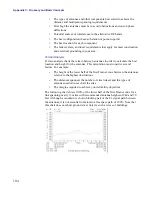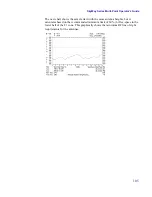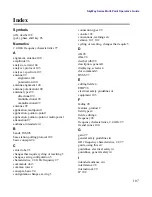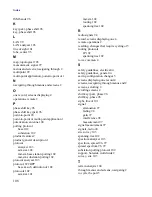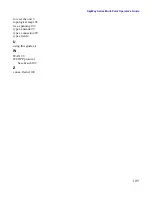
Appendix C: Glossary and Basic Concepts
102
“Hidden Node” Effect –
All stations must have clear radio line of sight to all
other stations to have direct communications. This is often impossible to achieve.
Because of these limitations, CSMA/CA has problems supporting wireless inter-
building applications that require continuous, high data throughput between
multiple sites. Due to these CSMA/CA limitations, Solectek products DO NOT
use CSMA/CA.
WCOPP Base Station/Substation Polling Protocol.
To overcome the
CSMA/CA limitations mentioned above, Solectek has developed a base station /
substation polling protocol called WCOPP. The WCOPP protocol allows for
higher throughput under heavy load than systems using CSMA/CA or other
similar protocols.
The base station allocates substation access to the internetwork. It polls each
substation and allows a designated time for the substation to respond. This polling
protocol has the following advantages:
•
To avoid the capture effect where strong stations dominate, the base
station partials out time to substations needing to broadcast.
•
If a connection is lost, the disconnected station does not respond to
polling. When a station times out without responding, the connection is
recovered.
•
Individual substations on the network do not need to listen to each other to
avoid collisions. Since the base station manages all broadcasts, no two
substations can transmit at the same time.
Protocols
IP.
Internetwork Protocol (IP) is a routing protocol used to direct both outgoing
and incoming messages based on an internetwork addresses.
Spanning Tree.
Spanning Tree Protocol (STP) is a bridging protocol based on an
IEEE 802.1 standard technique for ensuring efficient paths between bridged
networks. Where multiple paths exist, the Spanning Tree algorithm calculates the
best path to use. If that path deadends or gets mired in a loop, STP reconfigures the
network to use another path.
If strong stations overpower
weaker stations, weaker stations
may never get to broadcast.
er
Summary of Contents for SkyMate
Page 6: ...About This Manual vi ...
Page 20: ...Chapter 1 Getting to Know Your SkyWay Series 6 ...
Page 100: ...Appendix A RunTime Bios Application Menu Trees 86 ...
Page 102: ...Appendix B SNMP MIB Trap Messages 88 ...
Page 120: ...Appendix C Glossary and Basic Concepts 106 ...
Page 124: ...Index 110 ...



